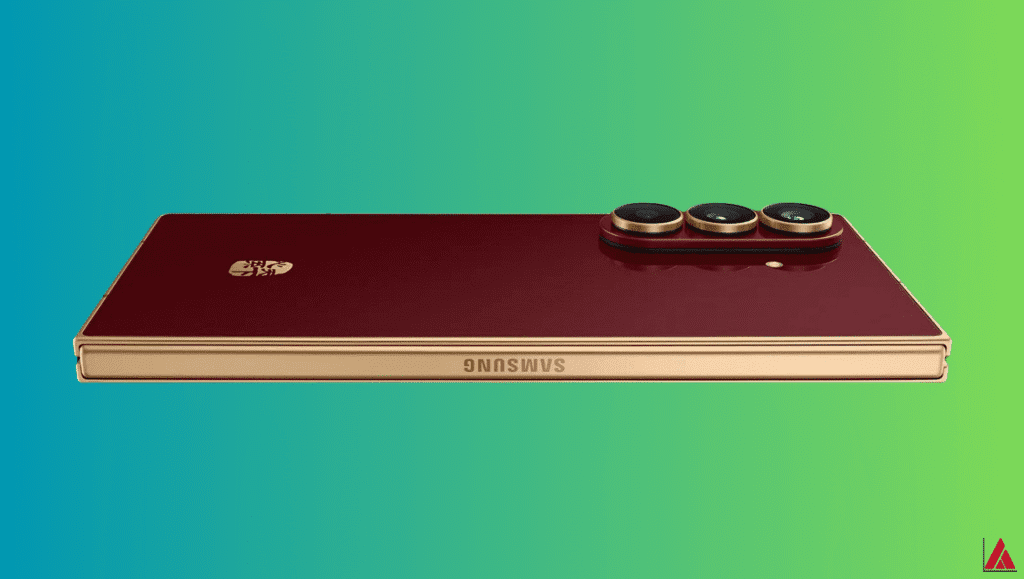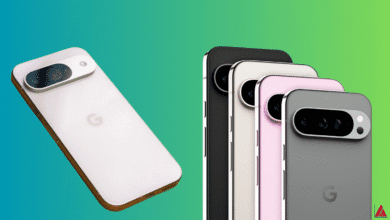5 Impressive Ways Samsung W26 Redefines Satellite Connectivity
Samsung W26 vs Galaxy Z Fold 7 discover which foldable wins the satellite connectivity war, update support, and exclusive China-only features.

Table of Contents
The Real Technical Difference Lies in Satellite Connectivity
When comparing Samsung’s latest W26 to the Galaxy Z Fold 7, the true innovation isn’t found in design or performance — it’s hidden in how these devices stay connected, even when the network disappears.
W26: True Satellite Calling Capabilities
The Samsung W26 stands out thanks to its satellite communication system, which allows users to make real voice calls and send messages even in complete absence of traditional cellular coverage. This isn’t a limited emergency feature — it’s full-fledged communication powered by Tiantong, China’s state-developed satellite network.
Imagine hiking deep in the mountains or traveling across the desert, where no cell tower exists, and still being able to call someone. That’s the promise of the W26 — genuine independence from terrestrial networks.
Galaxy Z Fold 7: Satellite Connectivity with Limits
By contrast, the Galaxy Z Fold 7 sold in the United States also supports satellite connectivity, but only through T-Mobile’s network, and with one major limitation: users can send SMS, MMS, and access mobile data, but cannot make voice calls. It’s useful for basic communication in emergencies, but it doesn’t reach the same level of autonomy as the W26.
Long-Term Support and Commitment
Samsung continues to demonstrate a strong commitment to longevity. The company guarantees seven years of operating system updates, meaning that a Galaxy Z Fold 7 purchased in 2025 should remain up to date until around 2032. That’s a significant advantage for users who want durability and security over the long run.
The Chinese Market: A Strategic Battlefield
The W series remains exclusive to China, the result of Samsung’s long-standing partnership with China Telecom. This collaboration, ongoing for several years, is designed to reinforce Samsung’s foothold in a market dominated by domestic giants such as Huawei, Xiaomi, Oppo, Vivo, and Honor.
Samsung’s strategy is clear — while the rest of the world gets the Fold series, China receives the W lineup, enriched with features tailored to local expectations, such as Tiantong satellite support.
A Thriving Foldable Market
The Chinese foldable smartphone market has become one of the most competitive in the world. Practically every major manufacturer now offers its own foldable:
- Xiaomi with its Mix Fold series,
- Huawei continuing the Mate X line,
- Honor battling through the Magic V models,
- Oppo with its Find N lineup, and
- Vivo challenging them all with the X Fold series.
Each brand aims to claim the title of “best foldable phone,” creating an environment of constant innovation and rapid improvement.


